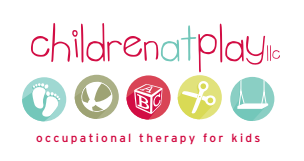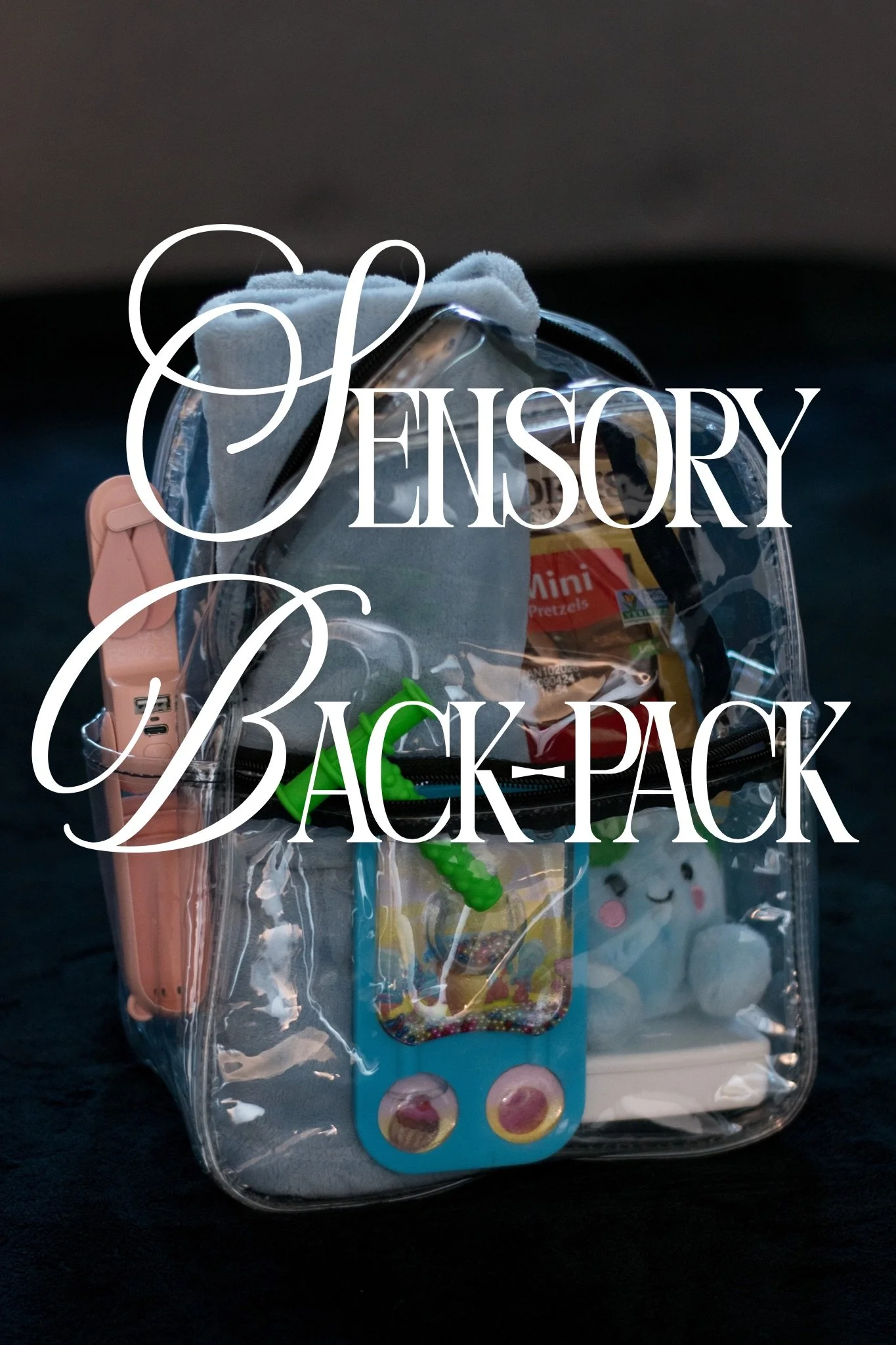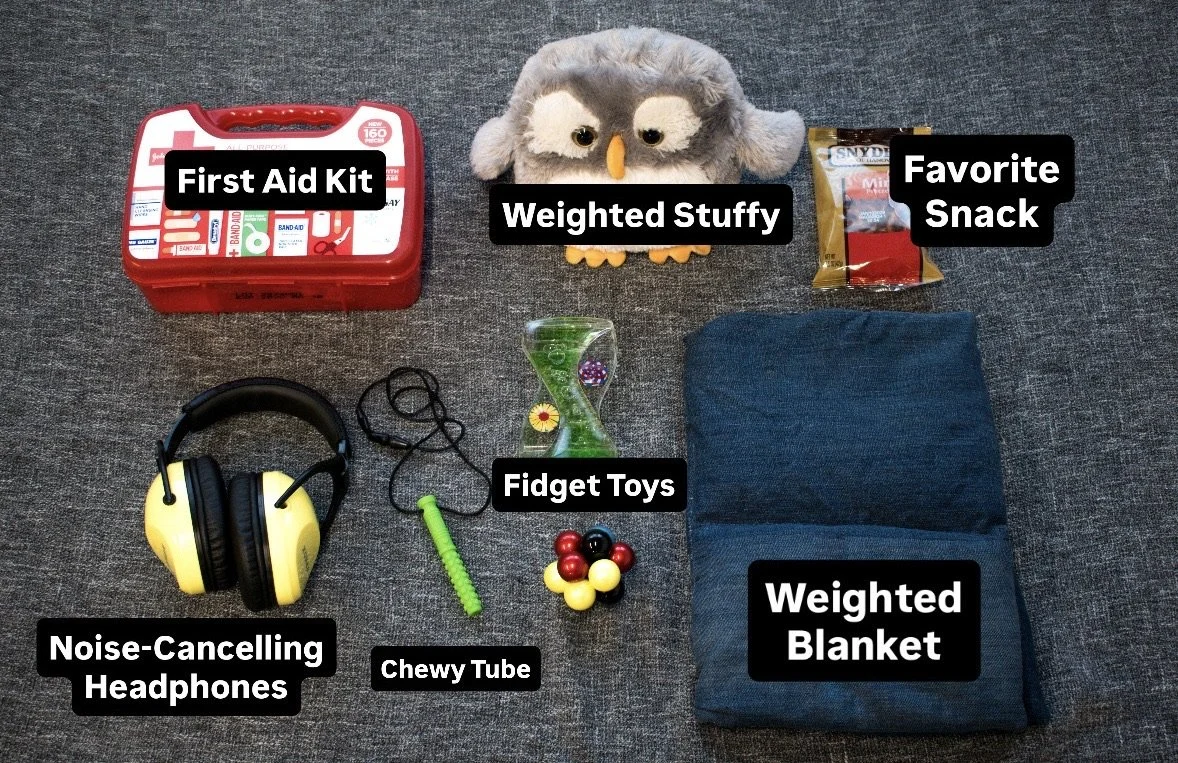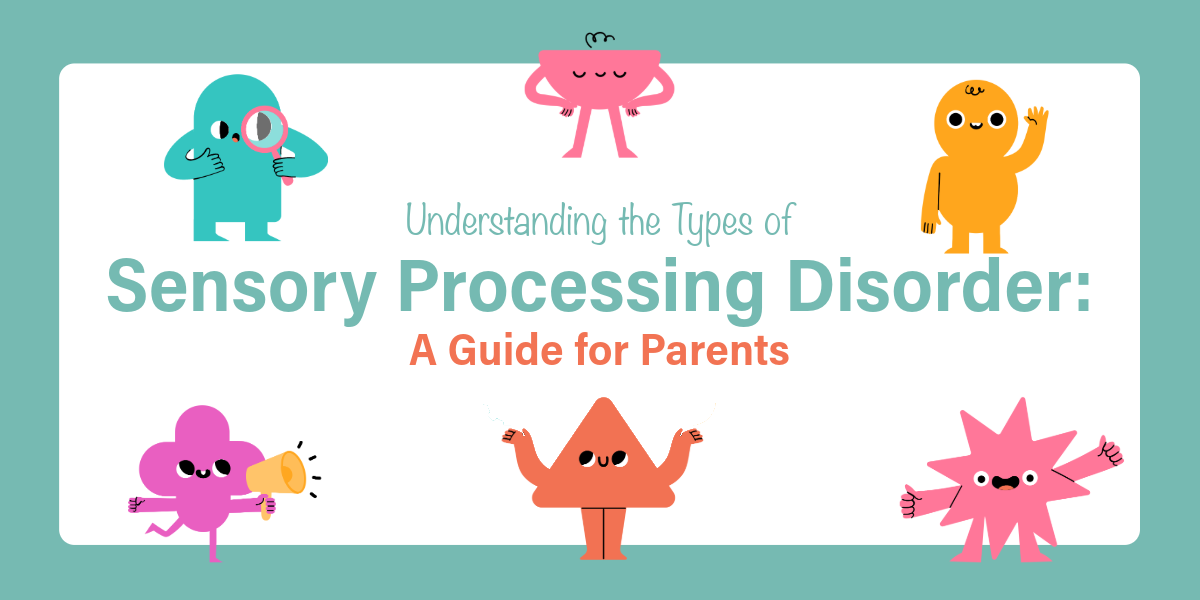Written by: Nicole Kristal, MS, OT/L from occupationaltherapy.com
Edited by: Lauren Goff, COTA/L and Victoria Daniels, COTA/L
The unavoidable truth
Dysregulation is going to happen during the holidays. The season is filled with routine changes, additional seasonal sensory input, and unpredictable changes. Consider how all of these holiday-themed sensory changes might impact your child’s success over the holidays:
Stores - louder, more crowded, higher intensity and speed, look different with decorations
Constant music
Christmas tree/holiday lights and differences in lights at different holiday venues/places you’re staying
Different foods
Hugs from family members we don’t see very often
Different bed
Weather changes
Sitting in a car multiple times, extra daily transitions
School is out, routine is off
Parents and caregivers, you can support your child through these changes by being educated and equipped! Let’s think about all the details and plan ahead. The main ways to support your child’s nervous system during the holiday season are:
1. Recognizing potential triggers and signs of dysregulation
2. Be Proactive! Modify activities and take proactive steps to support/prepare your child for holiday changes
3. Stay present through co-regulation. Prepare with what sensory strategies to use when those proactive steps do not work.
Recognize triggers and warning signs
Meltdown incoming! - What to look out for:
Signs of Emotional Dysregulation:
Refusal to participate in activities we expected would be “fun” - Think flat out refusing to play on the Christmas trains, even though trains are their favorite
Hiding
Decreased abilities for executive function, effortful control, and making adaptive responses
Impulsive behaviors
Tantrums
Irritability
Low frustration tolerance
Mood swings - being excited to see Santa, then refusing to sit on his lap after waiting in line
Frequent negative moods
Frequent crying/whining
Aggression
Signs of Sensory Dysregulation:
Uncontrollable laughter - overly silly
Movement that is fast and hard
Speaking fast (or in a way that you can’t understand them)
Excess saliva (it doesn’t always look like drooling, sometimes they could have an extremely wet mouth)
Unable to follow instructions (if you ask them to do a simple task, they either won’t hear or are unable to follow through)
Impulsive (especially with unsafe movements)
Dilated pupils
Shrieking or high pitched yelling
Making illogical or unrealistic requests one after another
Changes in the child’s interoception, or the ability to notice and manage physiological factors including hunger, thirst, tiredness, and needing to use the bathroom
Regulation can impact the ability to utilize executive functions, ability to do regular daily activities, like getting dressed independently.
Be Proactive! : Prevention trumps Intervention
Consistency creates comfort. Try to keep your child’s core routine as steady as possible, especially sleep, meals, and quiet time. But it’s equally important to acknowledge that holiday routines will shift. Preparing your child for these changes ahead of time helps transitions feel safer and more predictable.
Anticipate where routines may change (travel, mealtimes, sleeping arrangements).
Overestimate timing (e.g., “The drive might take 4–5 hours depending on traffic”).
Create backup plans for travel and daily schedules.
Ideas for managing unpredictable changes on the road: stop at rest stops, go to a playground for a movement break, stop for a snack.
For more tips on traveling with neurodivergent children, read through our Tips for Travel blog post.
Use Visual Supports to Build Predictability. Visuals give children a sense of control and understanding especially when life feels unpredictable.
Social stories or visual schedules outlining holiday plans.
Pictures of family members, travel destinations, airports, hotels, or holiday venues.
A written schedule for the day and review it often, not just once.
A large family calendar with both expected and unexpected events.
Include an “If this… then that…” section (e.g., “If there’s traffic, we might stop at a hotel.”)
Communicate Clearly with Extended Family. This step is often one of the most important and most overlooked. When family members understand the “why,” they’re more likely to support your child’s needs throughout the celebration. Before holiday gatherings, let extended family know:
Why your child’s routine matters.
Your mealtime or bedtime needs.
That you may need quiet spaces or built-in sensory breaks.
The boundaries your child needs (e.g., “They don’t like hugs; here’s what they prefer instead.”)
That you may adjust, leave early, or opt-out if your child becomes overwhelmed.
If visiting friends or family, find out in advance if there is a space available in their home where their child can go if they feel overwhelmed.
Schedule Rest and Sensory Breaks Into the Day. Busy days full of holiday fun can be overstimulating, even for children without sensory sensitivities. Building in downtime helps to prevent your child from hitting a point of overwhelm.
Plan for extra downtime and encourage regular sensory breaks.
Try adding structured opportunities for the child to access calming sensory input
Break down holiday activities into smaller steps (ex: When opening gifts: Spread it out throughout the day)
Watch for early signs of dysregulation and slow down the pace.
Maintain bedtime routines and familiar calming rituals, even while traveling.
Pack and Prepare Sensory Tools. Think of sensory tools as your “holiday regulation toolkit.” A few items can make a big difference during travel, noisy gatherings, or long, unstructured days.
Noise canceling headphones
Sensory fidgets
Calming/weighted blankets and stuffies
Weighted items
Chewy tubes
Books
Calming music and/or Tony boxes
Pack a scooter board, sensory bins, bubbles, body sock, light portable
doorway swing when traveling to be able to pull out items for
sensory breaks when outside the house
Empower and Prepare Your Child Ahead of Time. Children feel more confident and grounded when they know what to expect. Talk with them before events or trips, using clear, simple language paired with visuals.
Educate your child in advance of the things that they should expect will be different and give them strategies on how to minimize them. Don’t expect the child to be able to independently use these tools/strategies; they need you to notice their regulation changes and help use the tools together
Ex: “While visiting Grandma’s house, there will be a lot of Christmas lights on everywhere. We have already asked Aunt Edna to turn them off during the day, and they will only be on for one hour at nighttime”
Talk ahead of time about what will be different and what will stay the same.
Give simple strategies for managing sensory overload, and model using them together.
Identify a quiet, safe space in any home you’re visiting.
Feed the child foods they are used to eating, pack their safe foods and food brands (as opposed to someone else’s cooking)
Reassure your child they will still have access to breaks, visual supports, and familiar routines.
Create a plan with the child, when they are calm and regulated, for what options are available if they become overwhelmed.
“If I feel overwhelmed, I can… take a break / use headphones / ask for help.”
Staying Present Through Co-Regulation
Caregivers, tune in to your child’s changing behaviors and recognize your own emotional state. Providing supportive, consistent responses in the midst of dysregulation can help your child develop a growing capacity for self-regulation. Don’t forget your most powerful tool is co-regulation. Children learn to manage their own emotions by watching how their caregivers’ respond to their own experiences of negative emotions.
Helpful Strategies when the Child is Becoming Dysregulated:
Label the observable behavior
Use a curious question (“I noticed your body got really loud, what’s going on inside?”)
State your own regulatory strategy (squeeze a stress ball, blow bubbles, bear hugs, etc.)
Invite the child to join you in a strategy
Try to minimize verbal language - if needed, keep it simple, clear and concise
Have a phrase they repeat over and over (ex: You are safe, and I am here)
Talk to the child at a LATER time to revisit the incident and ask how they are doing. Do they need to go home? Encourage them to try to understand what is going on and then modify the environment!
Friendly Reminder - You’re Doing Great!
Holiday unpredictability is tough on kids and parents, but by being proactive, planning ahead, and communicating clearly, you’re setting the stage for a calmer, more enjoyable season for everyone.You’re not aiming for a “perfect holiday.” You’re aiming for a regulated, connected, and manageable one, and that’s more than enough!




















